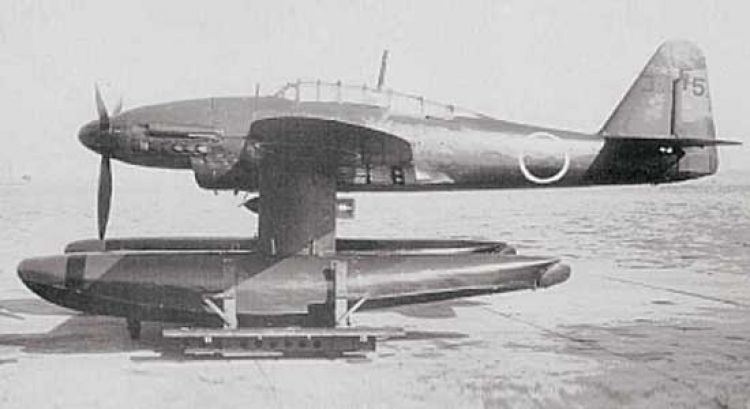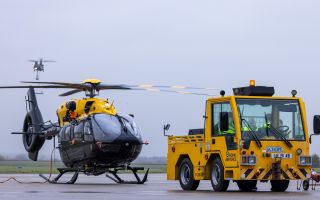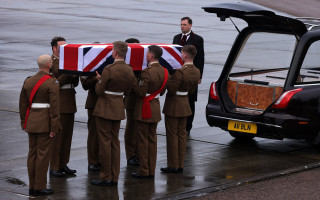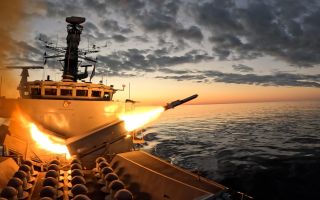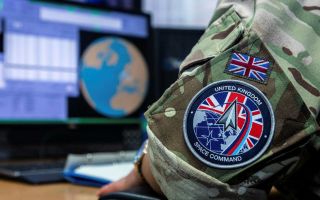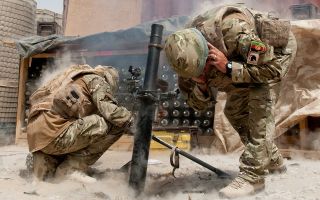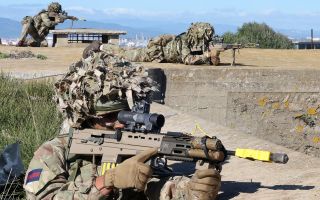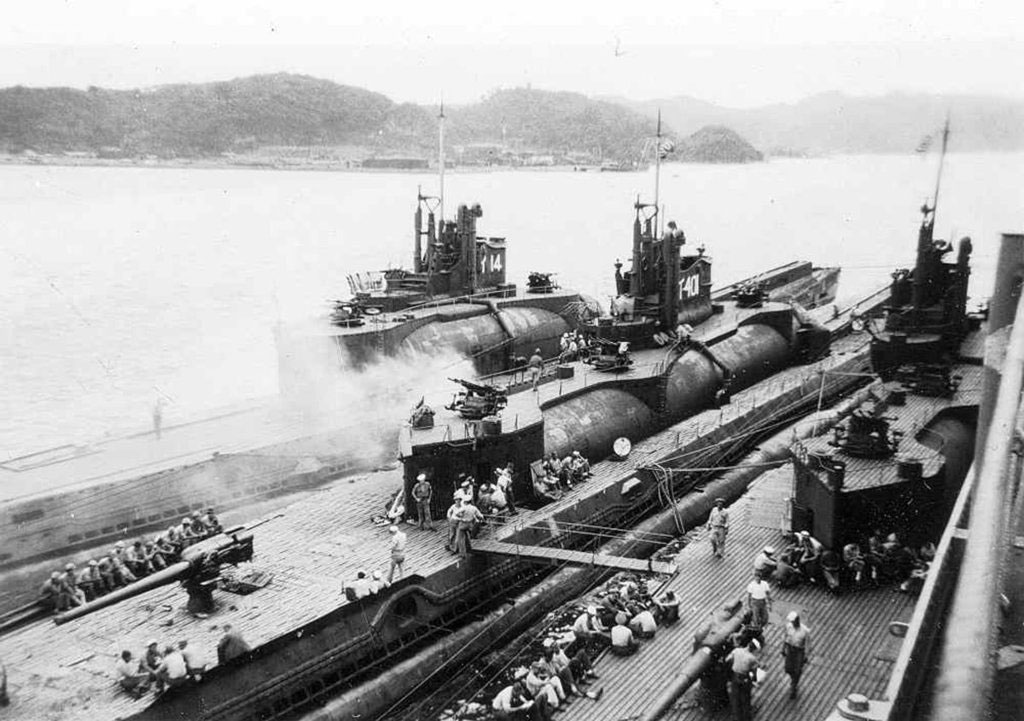
Final Japanese Super Sub Found Amid VJ Day Commemorations

The last of three super submarines measuring bigger than a football pitch at 122m has been discovered off the coast of Japan in the Nagasaki prefecture.
The world's largest submarine during World War 2 was discovered in an underwater graveyard alongside 24 other subs that belonged to the Imperial Japanese Navy up until all were scuttled by U.S. forces at the end of the war.
According to the coast guard, the forms of the sunken submarines were confirmed by a survey vessel last month 35 kilometers southeast of Fukuejima, the largest of the Goto Islands.
"Considering some of the features, it's highly likely to be the I-402 submarine," said Junya Katsume, an expert on the history of the Imperial Japanese Navy.
The submarines were made famous for their flight carrying facilities, with each I-400 submarines able to carry three Aichi M6A Seiran floatplanes.
The first mission of the Seiran squadron was to be a surprise air strike on the Gatun locks of the Panama Canal, to cut the main supply line for US forces in the Pacific.
With Japan's situation becoming increasingly desperate, however, the Navy switched strategy to a pre-emptive attack the American base closer to home at Utllithi Atoll where US forces were preparing an offensive against the Home Island.
The flotilla departed on the 23rd of July but the I-401 mission was soon cut short. On the 16th August, the day after Japan signed unconditional surrender to the Allies, a radio message from headquarters informed the commanders of the Japanese submission, and ordered the ship to return.
Intriguingly, all six Seirans aboard the two submarines, having been disguised for the operation as American planes in violation of the laws of war, were catapulted into the sea with their wings and stabilizers folded (for the I-401) or pushed overboard (for the I-400) to prevent capture.
